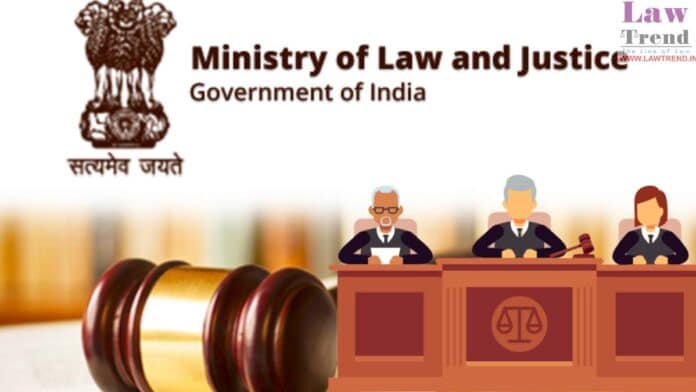In a recent disclosure to Parliament, the government has revealed that a significant majority of the judges appointed to various high courts over the last five years hail from upper castes. Between 2018 and 2022, out of 540 judges appointed, a staggering 80% were from upper castes, underscoring concerns about the representation of marginalized communities in the judiciary.
The Law Ministry, responding to a parliamentary inquiry about the inclusivity of judicial appointments, provided a breakdown of the appointments. According to the data, only 4% of the appointed judges were from Scheduled Castes (SC) and Scheduled Tribes (ST), and about 11% from Other Backward Classes (OBC). Additionally, only 5% of the judges belonged to minority categories.
The ministry also shared information on the total judicial appointments since 2014, highlighting that 69 judges were appointed to the Supreme Court and 1,173 to various High Courts across the country. However, detailed category-wise data on the representation of different castes or classes among the judges of both the Supreme Court and the High Courts is not centrally maintained.
Under the current constitutional framework, the appointment of judges to the Supreme Court and High Courts is governed by Articles 124, 217, and 224, which do not stipulate reservations for any caste or class. However, the ministry noted that since 2018, recommendations for High Court judgeships must include details about the nominee’s social background.
The response in the Lok Sabha highlighted that the Chief Justice of India and the Chief Justices of the respective high courts bear the initial responsibility for proposing candidates for these esteemed positions. The government emphasized its commitment to enhancing social diversity within the judiciary. It has repeatedly urged Chief Justices of the High Courts to consider candidates from SC, ST, OBC, minority groups, and women to ensure a more diverse representation.




